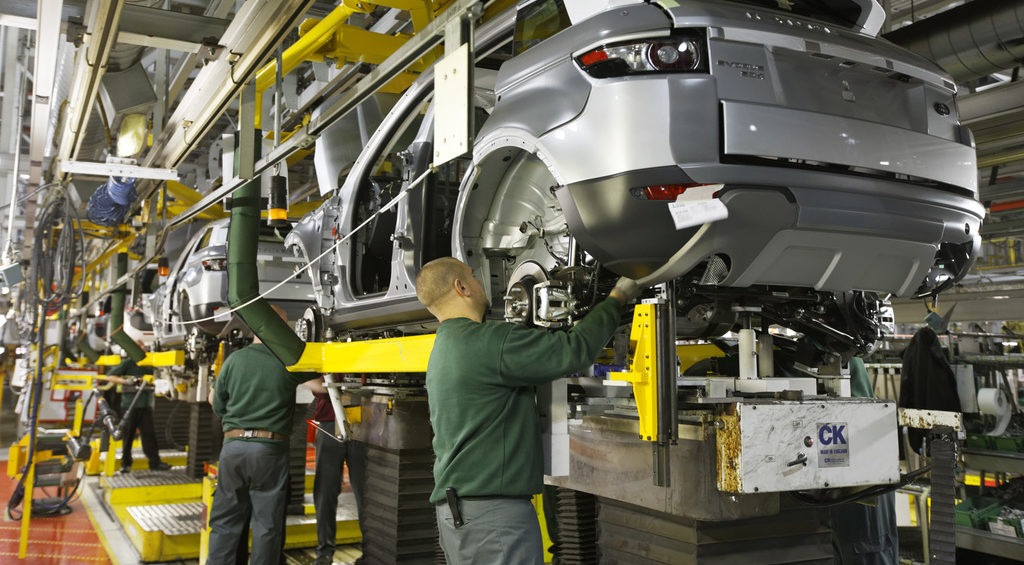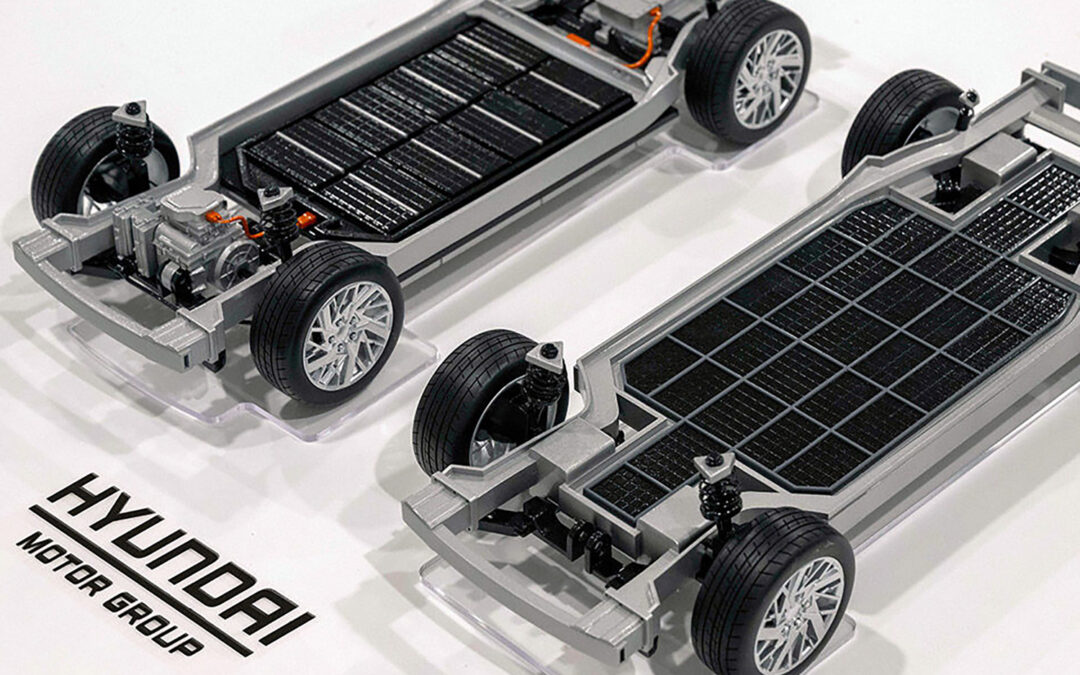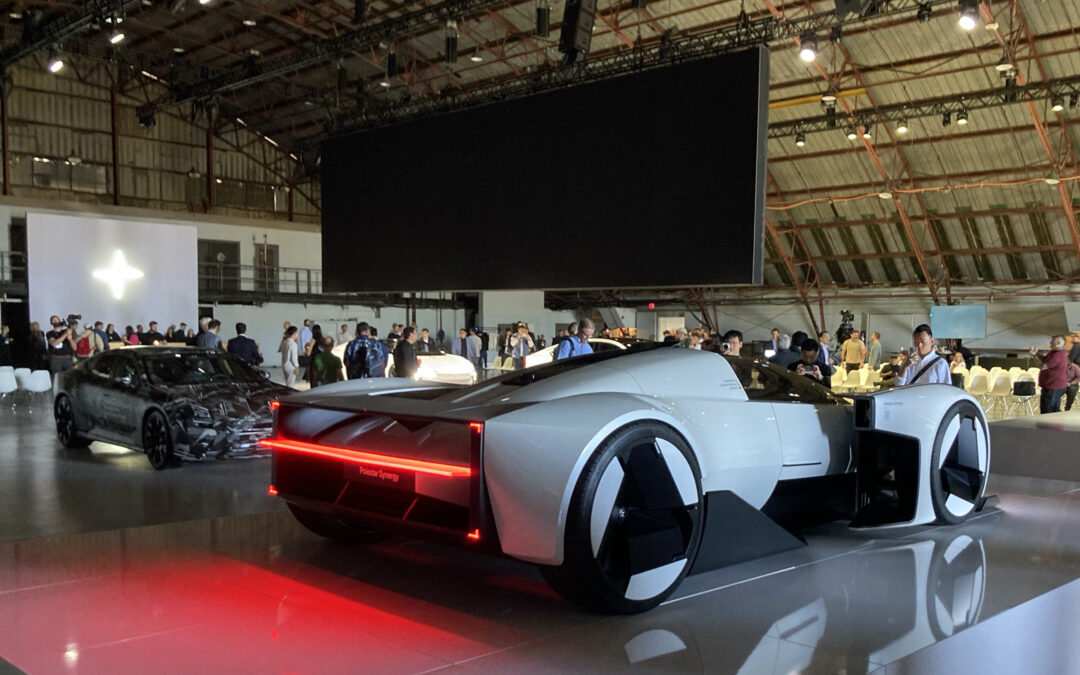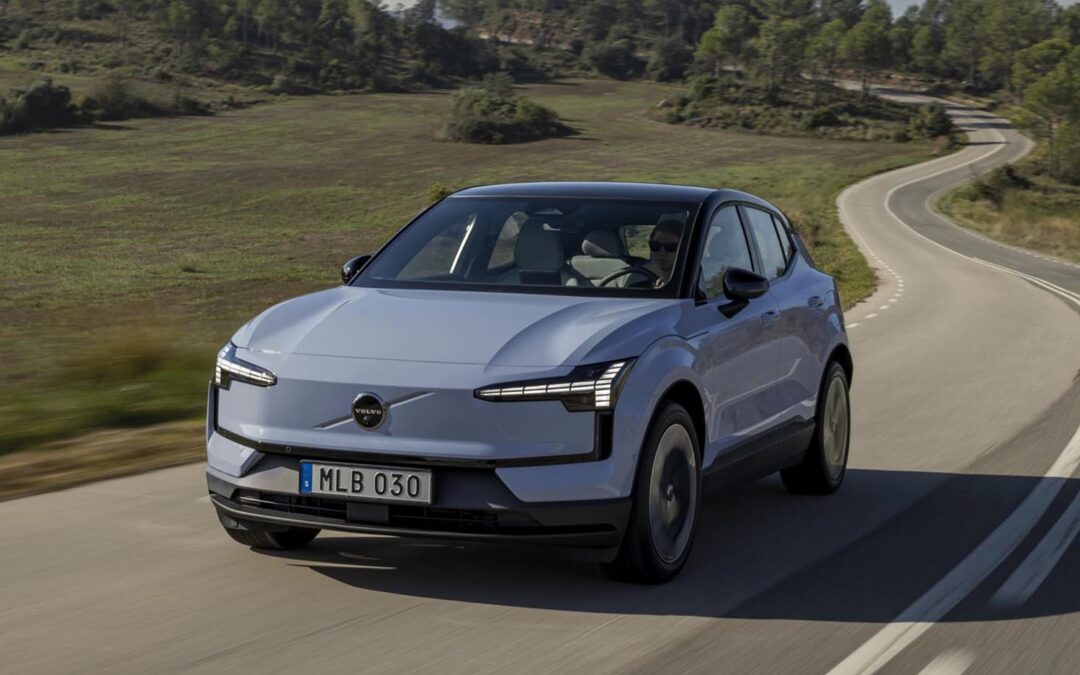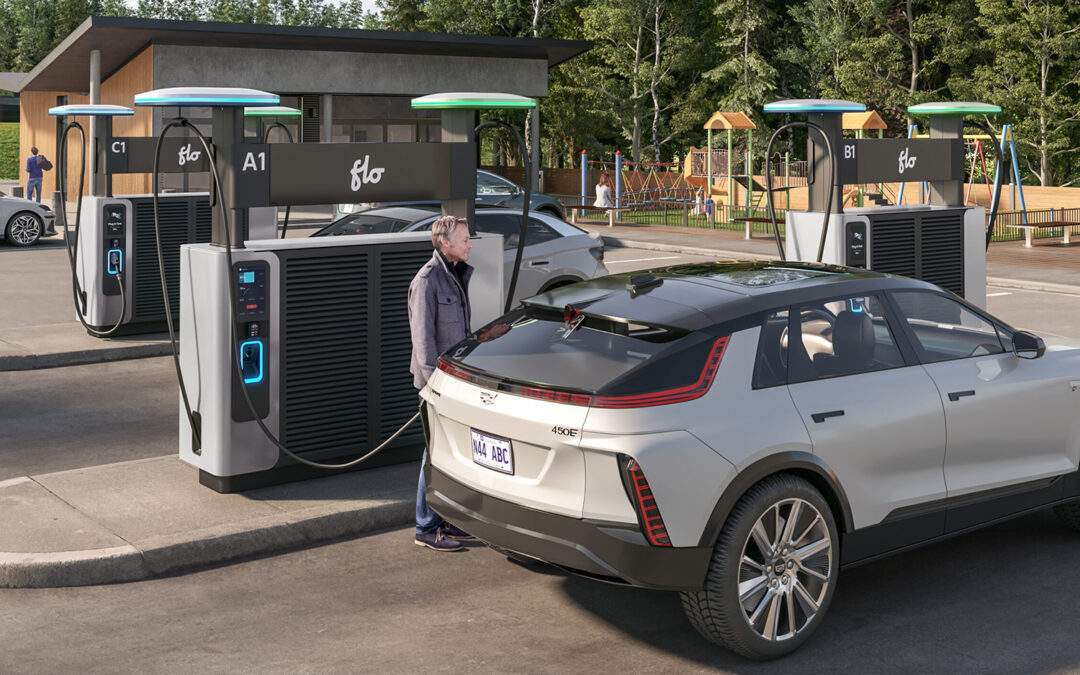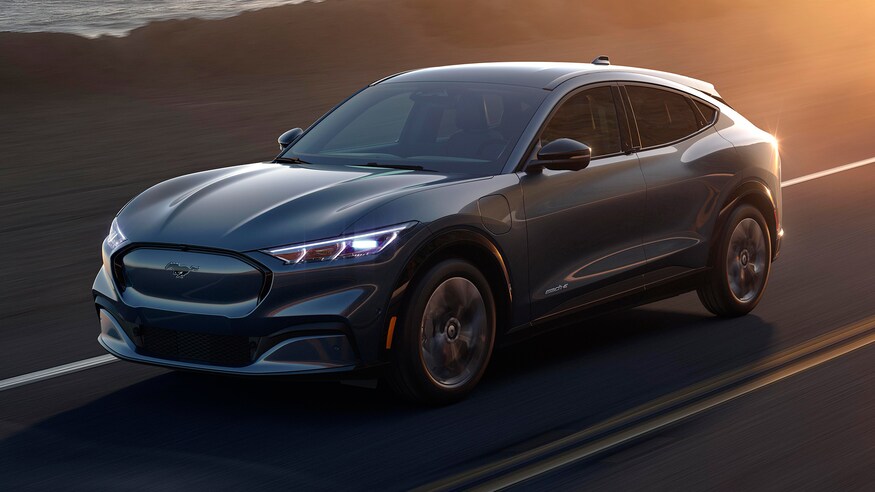According to reports, Jaguar Land Rover has officially begun converting its Halewood plant to an EV manufacturing hub, which will play a key role in the company’s transition to electric vehicles. This transition will begin with the first all-electric Land Rover, which is due in 2024.
This is good news for employees at the Halewood plant, as the future of the facility seemingly hung in the balance amidst the company’s continued evolutions. Notably, Halewood produced the first Jaguar X-type in 2001 and the first Land Rover LR2 (Freelander) in 2007. The following year, Ford sold Land Rover and Jaguar to Tata Motors, which combined them to establish Jaguar Land Rover (JLR).
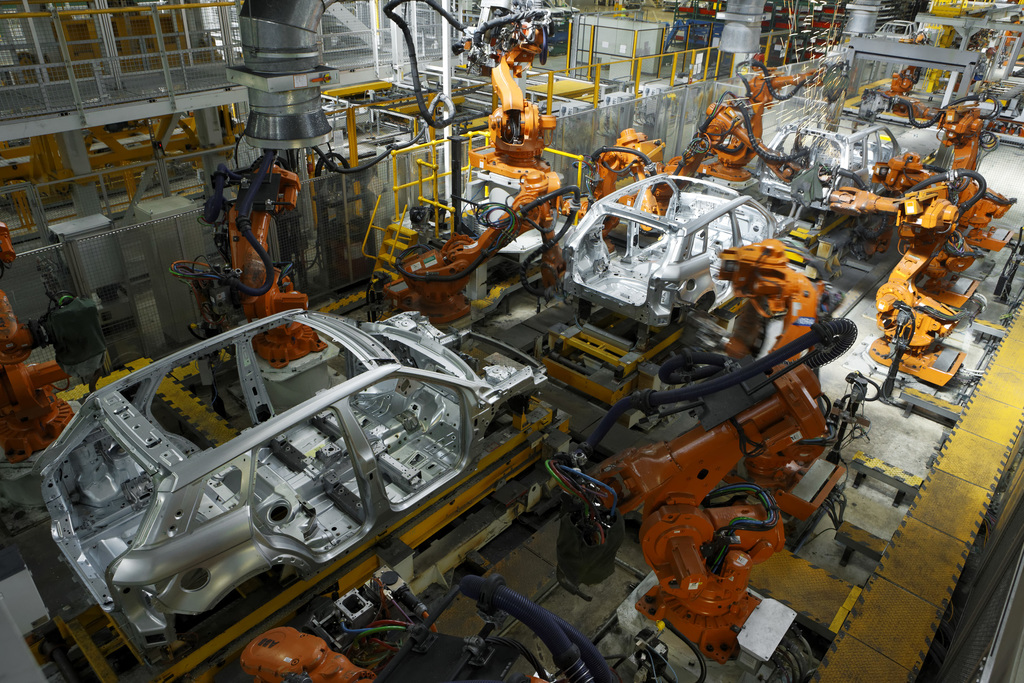
Jaguar/Land Rover Halewood factory
Ford, which still has an interest in the factory, announced plans to invest US$316 million in facility upgrades that would allow the production of power units for Ford electric vehicles in Europe. But now, the facility finds itself in line for another, perhaps more critical makeover as it begins its conversion to an EV manufacturing plant.
Moving forward, the automaker will use the Halewood plant to build EVs on its new electrified modular architecture (EMA), which designed for fully electric vehicles, and can fit any battery. Currently, the JLR EMA platform is undergoing official engineering approval. Halewood’s body shop will reportedly be remodelled to accommodate an “increase production capacity for new model lines.”
This shift should come as no surprise, as Jaguar Land Rover revealed its global EV strategy last year, which showcased the automaker’s plans to “reimagine” it’s lineup of vehicles. Specifically, JLR plans to become an all-electric brand by 2025, with six new EVs coming to market by 2030.
